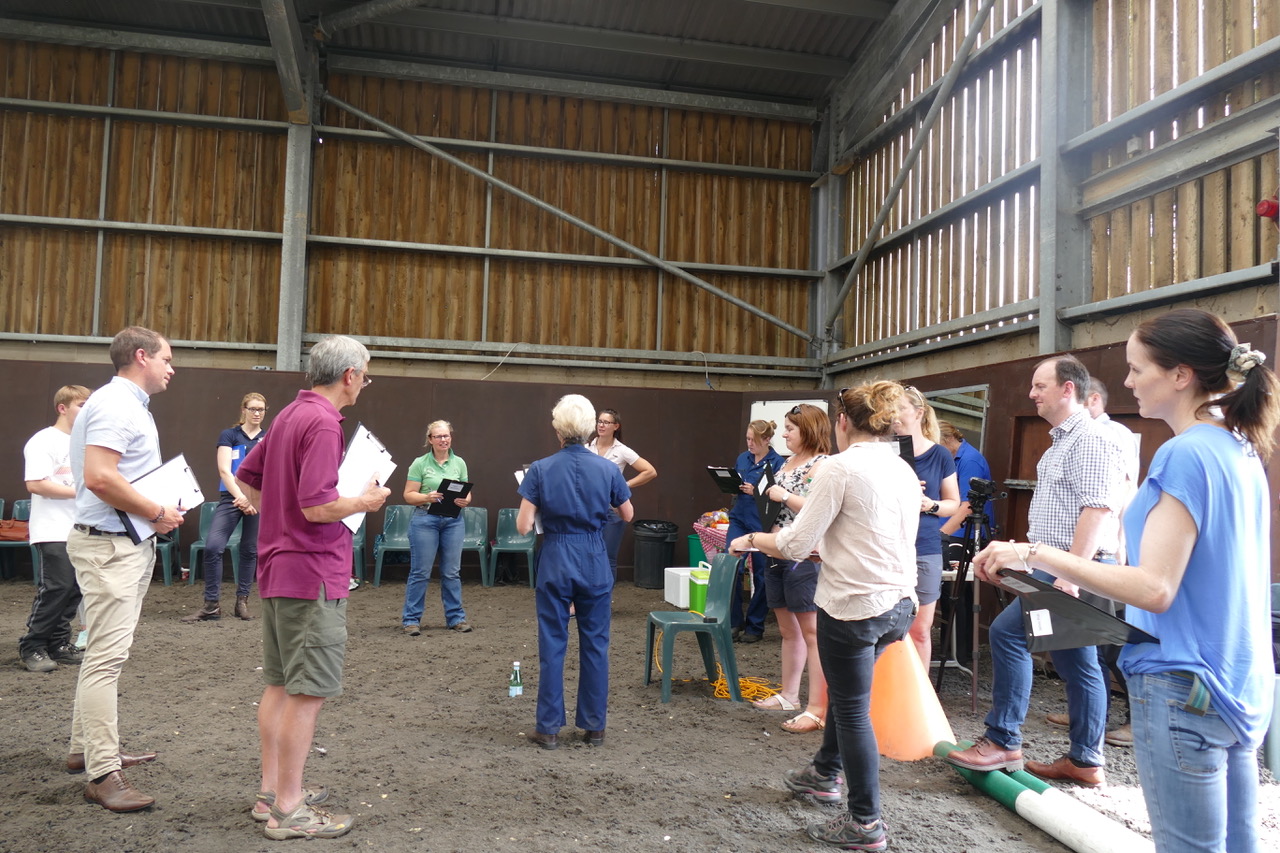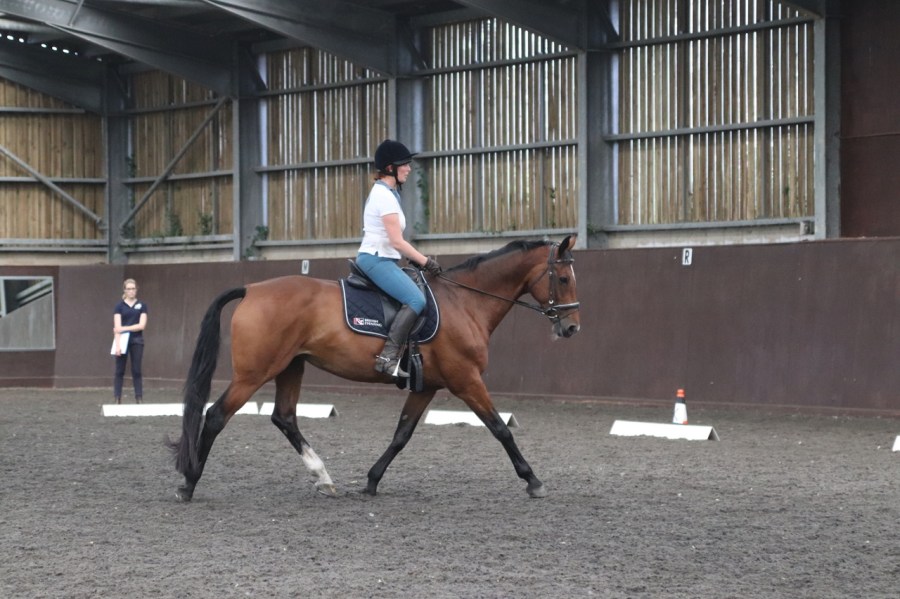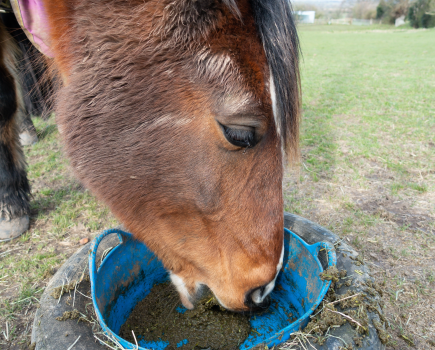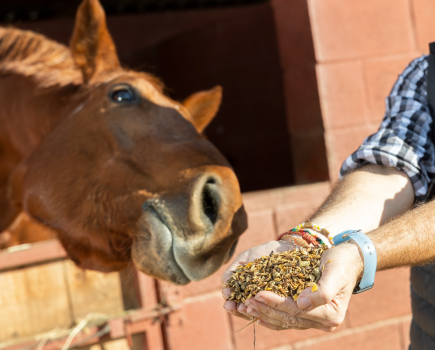Can charting facial expressions help your vet determine if your horse is in pain? Yes it can, says Dr Sue Dyson, Head of Clinical Orthopaedics at the Centre for Equine Studies at the Animal Health Trust in Newmarket.
A new method for equine performance assessment has been tested to find out how accurately vets can use an ethogram, developed by Dr. Dyson, to assess pain in ridden horses.
The vets who took part in the test said that it would change their procedures for both pre-purchase examinations and investigations of either lameness or poor performance in the future.
An ethogram charts facial expressions in animals and it’s been increasingly used by vets to help understand the expressions of a horse in pain.
Conducted by Dr Sue Dyson, Head of Clinical Orthopaedics at the Centre for Equine Studies at the Animal Health Trust in Newmarket, the study took place at World Horse Welfare’s centre in Norfolk on 21st July.
Twenty horse and rider combinations, together with a range of professional practitioners, volunteered their time to support the study, which has the potential to transform the welfare of ridden horses.
Initially, the horses were assessed by the Association of Chartered Physiotherapists in Animal Therapy (ACPAT) physiotherapist, Jo Spear.

Horses were assessed by physiotherapist Jo Spear before excerise
The back was examined to check for any areas of muscle tightness or discomfort.
Society of Master Saddlers (SMS) Saddle Fitter, Liz Suddaby, checked the fit, placement, balance and suitability of each horse’s saddle.
The horses were then given a 15 minute ridden warm-up before executing an 8-minute purpose-designed dressage test.
During the test a team of 10 equine vets, selected from 40 volunteers, scored each horse for the presence of 24 behaviours that may reflect pain.
Often, owners can mis-read the signs of pain as their horse either finding something difficult or being naughty, so the ethogram, similar to a body condition score chart, can help potentially save horses from suffering and chronic injuries.
Helen Whitbread of Deben Valley Equine Veterinary Clinic summarised: “This system is such a useful tool; most of the factors we were scoring were not a surprise, but by being able to quantify the pain in a way that a client can understand and relate to is priceless.
“Too often in the past our suggestions that a horse is demonstrating abnormal ridden behaviour because of pain has been brushed aside as ‘it has always done that’.
“Now I can say, for example: ‘Yes, it has scored >8 and is therefore likely to have been in musculoskeletal pain the whole time you have owned it’.”

10 equine vets, four men and six women said that it would change their procedures for both pre-purchase examinations and investigations
Dr Sue Dyson continued: “The behavioural differences between the lame and non-lame horses in the study were very apparent.”
“I am currently cross-referencing analysis of the volunteers’ results with me as the Gold Standard.”
“Early indications show that by giving vets a clear understanding of pain associated behaviour markers they will be better able to recognise pain-related behaviour in ridden horses, which may reflect lameness, and to communicate potential performance problems more effectively with their clients.”
Further info on these aspects of the study will be published once the results have been analysed and cross-referenced and an overview of this study will be presented at the Saddle Research Trust Conference in December.
Don’t miss the latest issue of Your Horse Magazine, jam-packed with training and veterinary advice, horse-care tips and the latest equestrian products available on shop shelves, on sale now.









